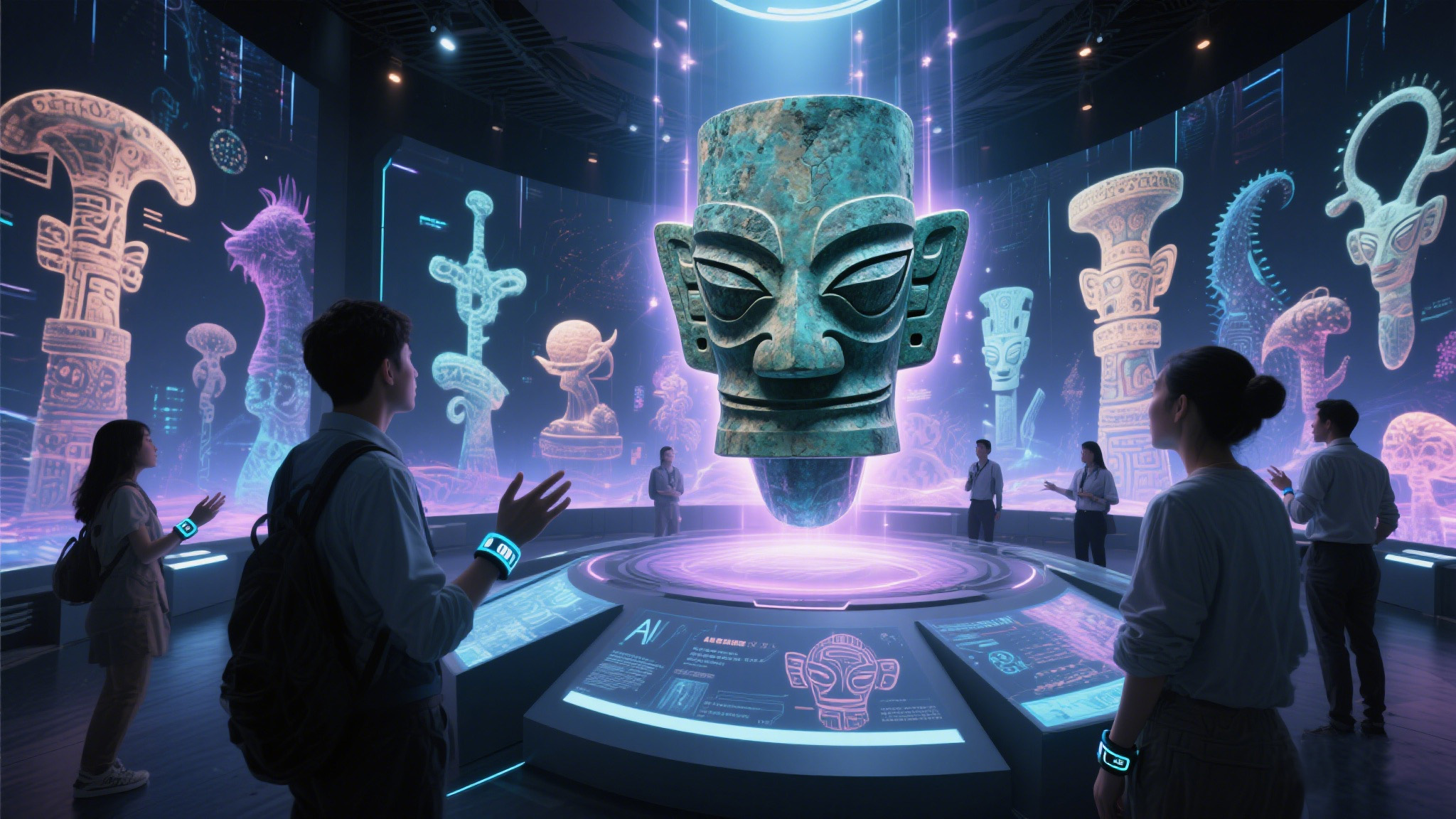Reviving Ancient Traditions Through Tourism – How Communities Are Keeping Heritage Alive
In an era of globalization, many ancient traditions risk fading into obscurity. However, tourism has become an unexpected ally in preserving and revitalizing cultural practices. From Japanese washi paper-making to Native American storytelling, communities are leveraging tourism to sustain their heritage while creating economic opportunities.
This article explores how tourism is helping to revive endangered traditions worldwide.
The Role of Tourism in Cultural Preservation
-
Financial Incentives – Tourists pay for workshops, performances, and handmade crafts, providing income to tradition-bearers.
-
Intergenerational Knowledge Transfer – Younger generations see value in learning ancestral skills when they generate revenue.
-
Global Awareness – Exposure through tourism fosters international appreciation and support.
Examples of Tradition Revival Through Tourism
-
Balinese Dance and Music (Indonesia) – Once declining, now taught in cultural schools funded by tourist donations.
-
Scottish Gaelic Language (Scotland) – Heritage tours and language immersion programs boost revival efforts.
-
Navajo Weaving (USA) – Workshops led by master weavers attract tourists and apprentices.
Ethical Considerations
-
Avoiding Exploitation – Communities should control how their traditions are presented.
-
Balancing Authenticity and Accessibility – Simplifying rituals for tourists should not dilute their meaning.
Government and NGO Support
-
UNESCO’s Intangible Cultural Heritage List protects traditions like flamenco and Tibetan opera.
-
Grants and training programs help artisans market their crafts to tourists.
The Future of Heritage Tourism
As travelers seek deeper connections, the demand for authentic cultural experiences will grow. By supporting ethical tourism initiatives, visitors can play a vital role in keeping ancient traditions alive.
















